Get ready for a trip through time, but with a stop in the future. The iconic Chery QQ, that compact car that marked a generation in the 2000s, is back. But not as you knew it. It emerges as a futuristic electric concept, ready to face the challenges of modern urban mobility.
The Return of an Icon in a New Electric Era
The original Chery QQ, launched in 2003, was a sales phenomenon in China, surpassing 1.4 million units by 2014. In Brazil, it gained popularity for its affordable price, although its safety and quality were often questioned. It was a simple car, focused on being an entry point into the automotive world.
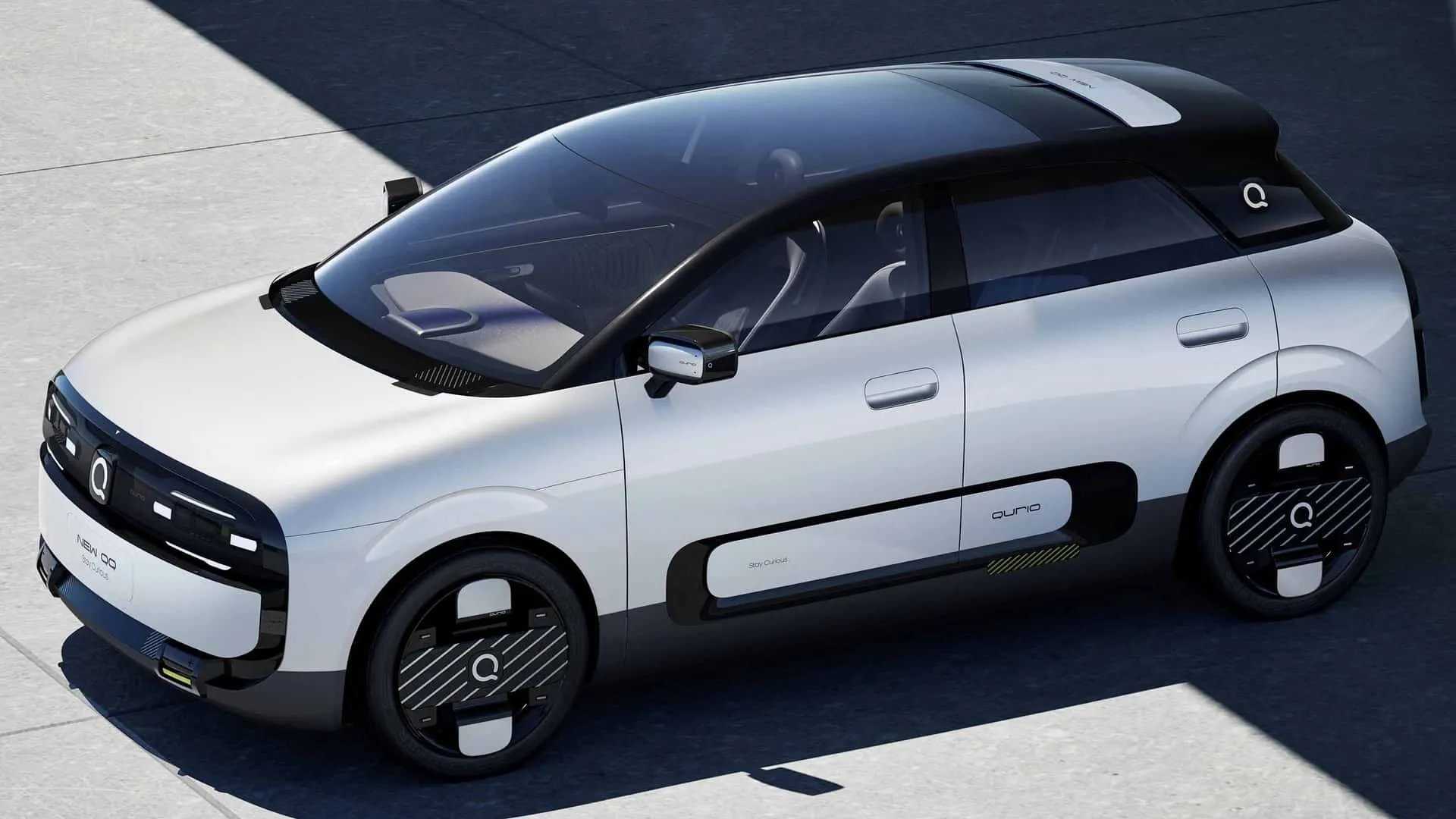
Now, Chery has decided to revive this name, but with a radically different proposal. The new QQ emerges as an electric concept, aligned with the growing demand for compact and sustainable vehicles, especially in large urban centers. It is a direct response to the booming entry-level electric vehicle market in China and elsewhere.
In this scenario, Chery is targeting a niche where models like the Wuling Hongguang Mini EV are already successful and where future competitors like perhaps the Kia EV3 may emerge. The market for compact electric cars and hatchbacks with electrified options is heating up, with players like the Peugeot 208 already offering alternatives.
Futuristic Design: A Visual Breakthrough
Forget the friendly yet simplistic look of the original QQ. The electric concept is a total break from the past. It boasts smooth, rounded lines and a two-tone body that enhances its modern and youthful appeal. The geometric headlights and completely closed front grille, typical of electric cars, give it a unique and futuristic visual identity.

The new brand identity is clear, with the “Qq” logo (in a more modern style) prominently displayed on the front, rear, and C-pillar. Features like digital side mirrors, the absence of external door handles (which contribute to the clean lines), and wheels with an unusual “+” design show that this automobile is not just a car, but a design statement. This concept demonstrates Chery’s boldness in rethinking its models, similar to how other brands explore new facets in their prototypes, like the Suzuki Swift AllGrip FX.
At the rear, the visual pattern of the front is repeated, with taillights that follow the same geometric language. An elevated brake light bar complements the design, reinforcing its modernity. The car, which some describe as having a “dead fish look,” actually comes off as “anabolized” and much more sophisticated than any previous version of the QQ.
Tech-Savvy Interior: A Smart Lounge
While the exterior change is radical, the transformation inside is an “orbital leap.” With a wheelbase of 108.3 inches, the new electric QQ is significantly larger than its predecessor and even than many current compact cars in Brazil. The goal is to provide a spacious and comfortable interior for four occupants, like a true “lounge on wheels.”
The standout technological feature is the central 15.6-inch display, which dominates the dashboard. It serves as the control center for a robust digital ecosystem, powered by a chip with computational power of up to 128 TOPS. This allows for advanced functionalities, such as voice interaction via Artificial Intelligence and rhythmic ambient lighting with 256 colors, creating a customizable atmosphere.
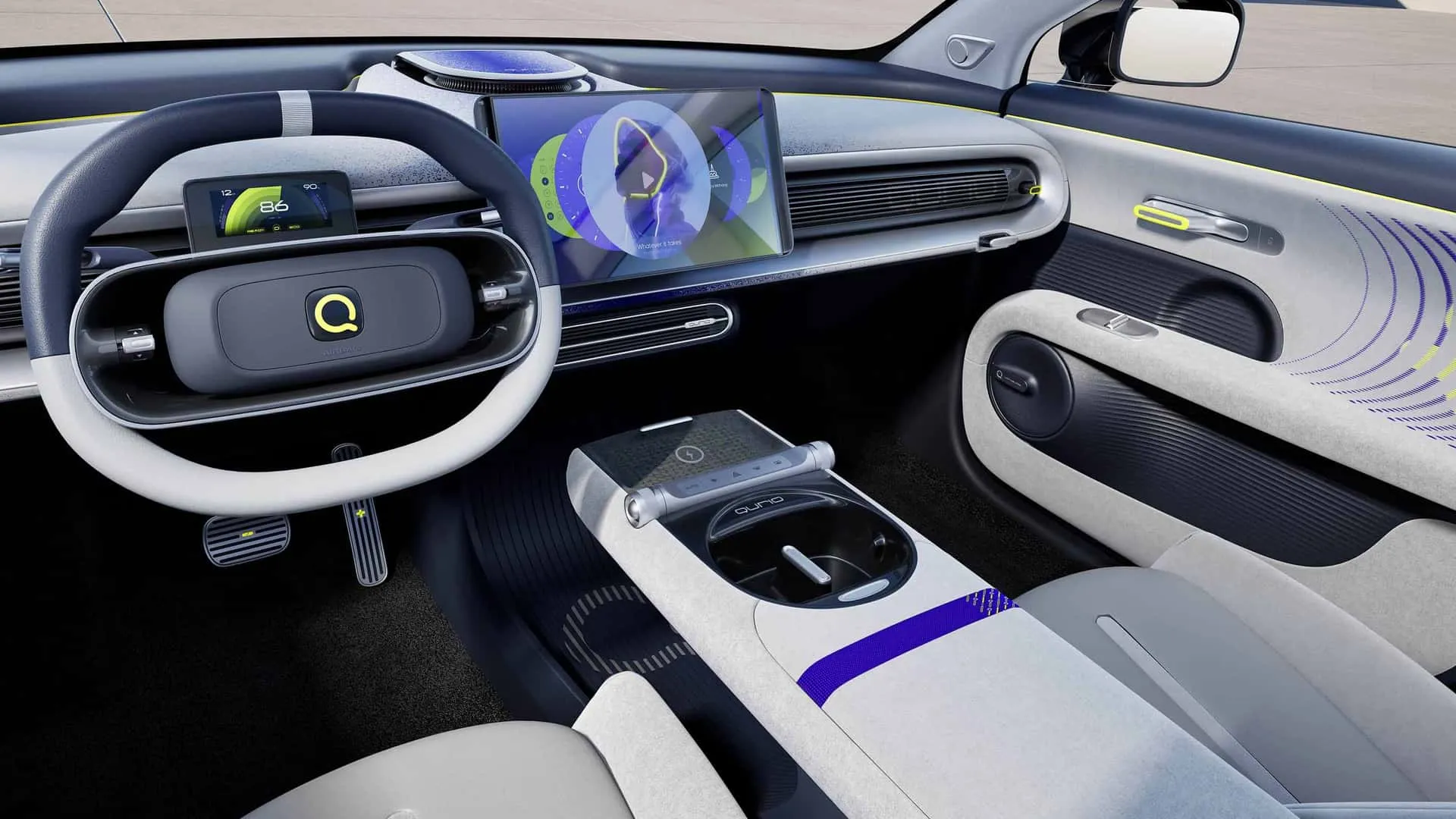
Other modern conveniences include wireless cell phone charging with air cooling and various configurations that the original QQ could only dream of. The focus on advanced technology and connectivity in the interior reflects a trend seen in other Chinese brands, such as NIO with its Onvo L90, which aims to offer a rich digital experience.
For safety and driving comfort, the concept also features an active driving assistant, Falcon 500. While specific details about its functionalities have not been fully disclosed, the presence of an advanced assistance system indicates Chery’s intention to position the new QQ as a modern and equipped vehicle.
Performance and Battery: Focused on Urban Efficiency
Despite all the technology and futuristic design, the new electric QQ maintains a focus on practicality and efficiency for urban use. Sources from the Chinese local media indicate that the electric motor will have around 54 horsepower. This configuration suggests that its performance will be suitable for city driving, with agility in traffic and easy maneuverability.
The battery, according to reports, is a lithium iron phosphate (LFP) type, known for being low-cost and relatively safe, although it may have lower energy density compared to other chemistries. The exact capacity has not been disclosed, but the choice of battery type reinforces the proposal to offer a more affordable electric vehicle.
Compared to the combustion QQ, this concept represents a “giant orbital leap.” It is not intended to be a high-performance car but rather a smart and modern electric mobility solution for everyday use, vastly different from the small car we remember from before.
Potential for Brazil and the Global Market
Although presented as a concept, Chery indicates strong interest in competing in the expanding compact electric segment worldwide. The success of models like the Wuling Hongguang Mini EV in China demonstrates the potential of this niche.
There is no official confirmation regarding mass production or the arrival of the new electric QQ in the Brazilian market. However, Chery’s operation in Brazil, in partnership with the CAOA Group, has evolved significantly in recent years, with the introduction of SUVs and electrified models. This trajectory suggests that the brand is attentive to the local market and global trends.
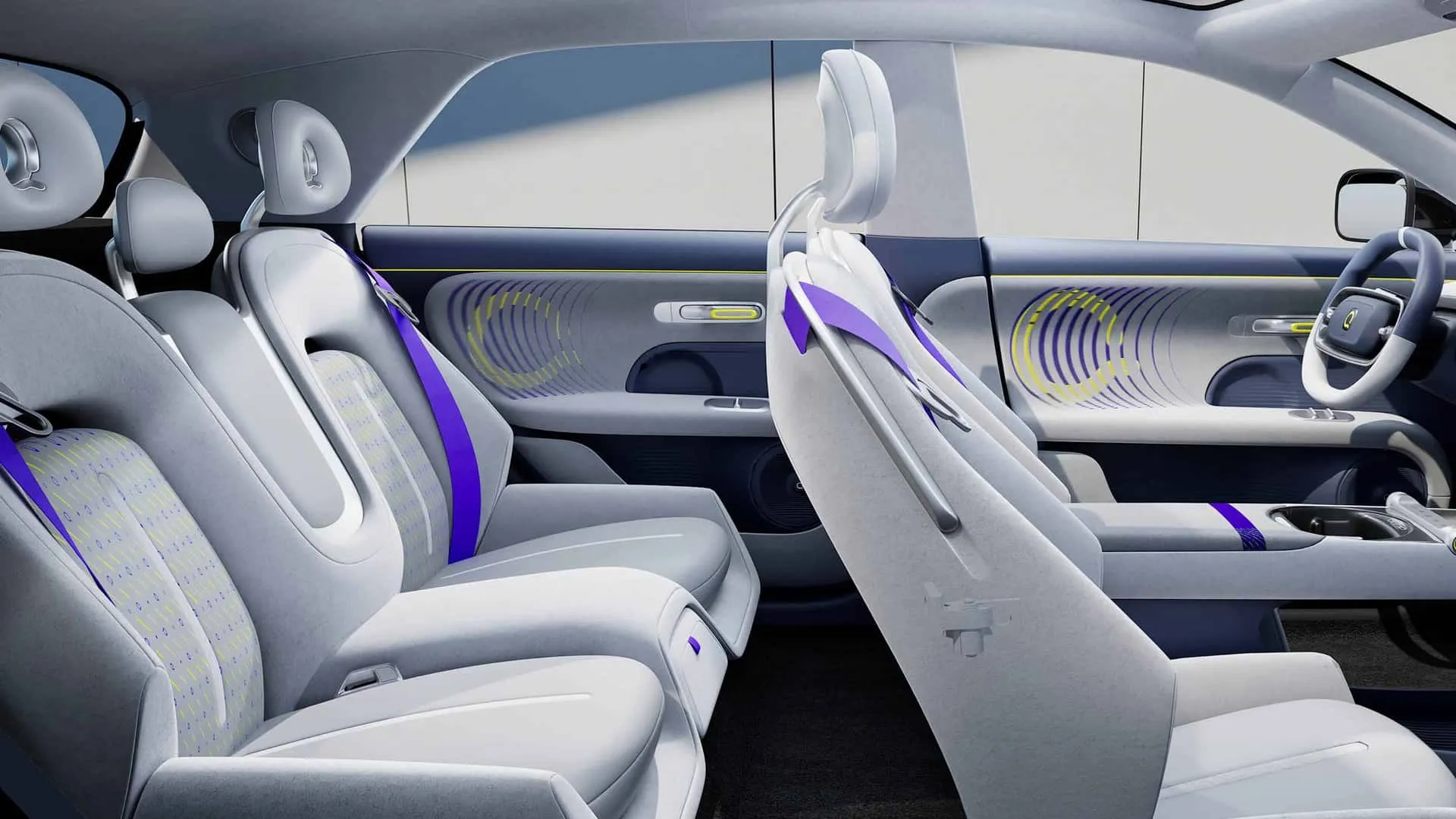
Considering the increasing demand for urban electric cars in Brazil and the (albeit controversial) history of the QQ name here, this concept could very well serve as a foundation for a future launch. This would be a way for Chery to enter the affordable electric segment with a modern and technologically advanced product, capitalizing on the nostalgia of the name and the new brand image.
Chinese brands are heavily investing in accessible urban options, and Chery, much like NIO with its Nio Firefly EV, seeks a slice of that pie. The new QQ, if produced, could be a strong competitor in this scenario.
Main Competitors in the Urban Electric Segment (Potential)
| Model/Category | Main Focus | Relevant Markets |
|---|---|---|
| Wuling Hongguang Mini EV | Affordability, Extreme Compactness | China |
| Other Chinese Compact EVs | Variety, Technology | Global (expansion) |
| Electrified Hatchbacks (e.g., Peugeot 208 EV) | Design, Versatility, Electric Option | Europe, Latin America |
Frequently Asked Questions about the New Electric QQ
- Will the new Chery QQ electric be mass-produced? There is no official confirmation yet, but its presentation as a concept suggests a strong indication for future production.
- Is there an expected arrival in Brazil? Currently, it is just a concept with no confirmation of production or sales in any market.
- How does the concept compare to the original QQ? It is an “orbital leap,” with design, technology, and propositions entirely reinvented for the electric era.
- What is the technological highlight of the interior? The large 15.6-inch central display and high processing power for AI functions and connectivity.
- What is the power of the electric motor? Local media indicate about 54 horsepower, focused on urban use.
In my view, the reinvention of the QQ as a futuristic electric car is a smart move by Chery. The name has nostalgic appeal, but the new proposal is completely aligned with the future of mobility. It’s fascinating to see how a car that used to symbolize simplicity and accessibility (with its compromises) can transform into a platform for bold technology and design. If it hits the market (especially in Brazil), it has the potential to shake up the compact electric segment.
And what do you think about this radical transformation of the Chery QQ? Leave your comment and join the conversation!


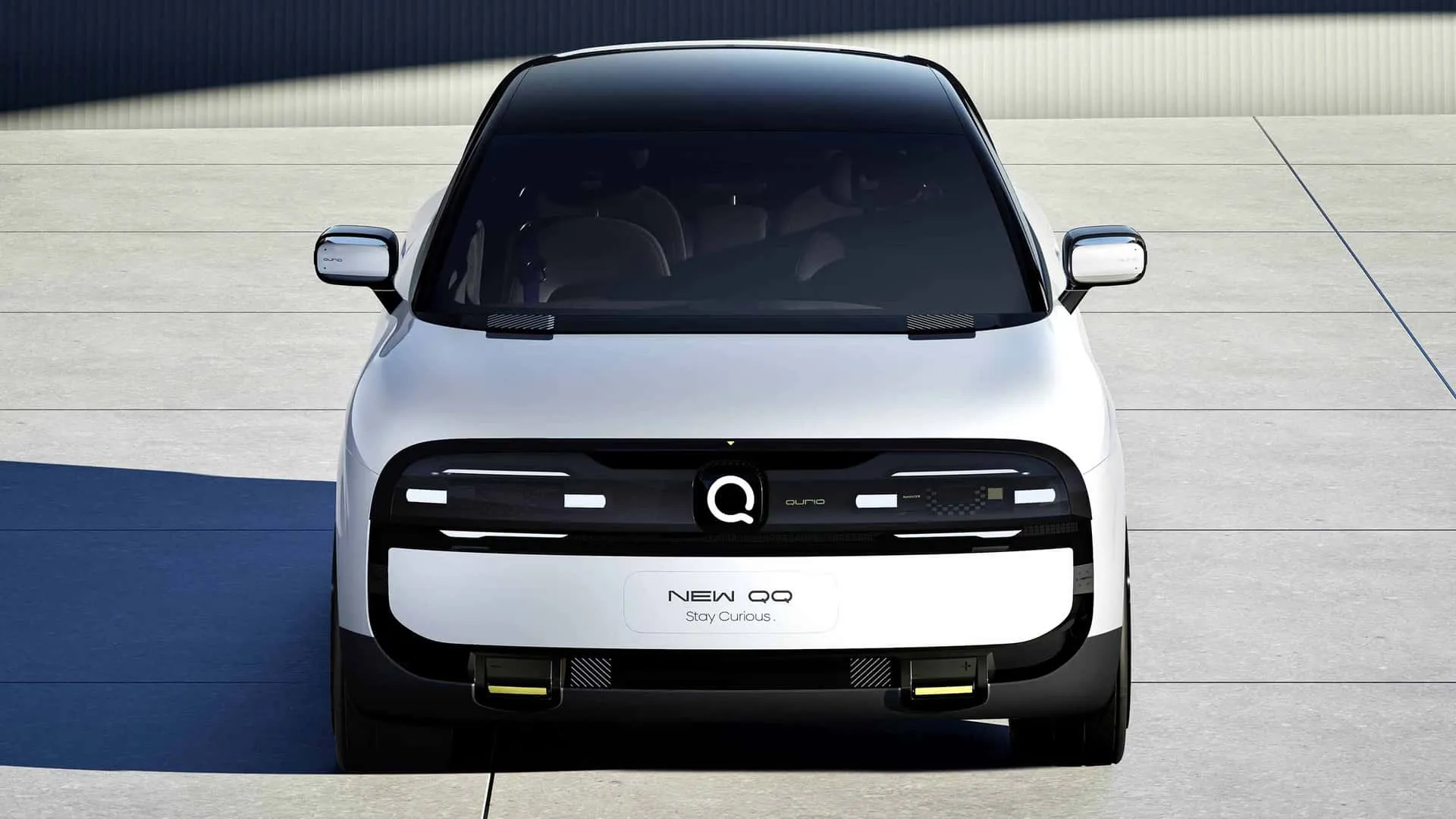
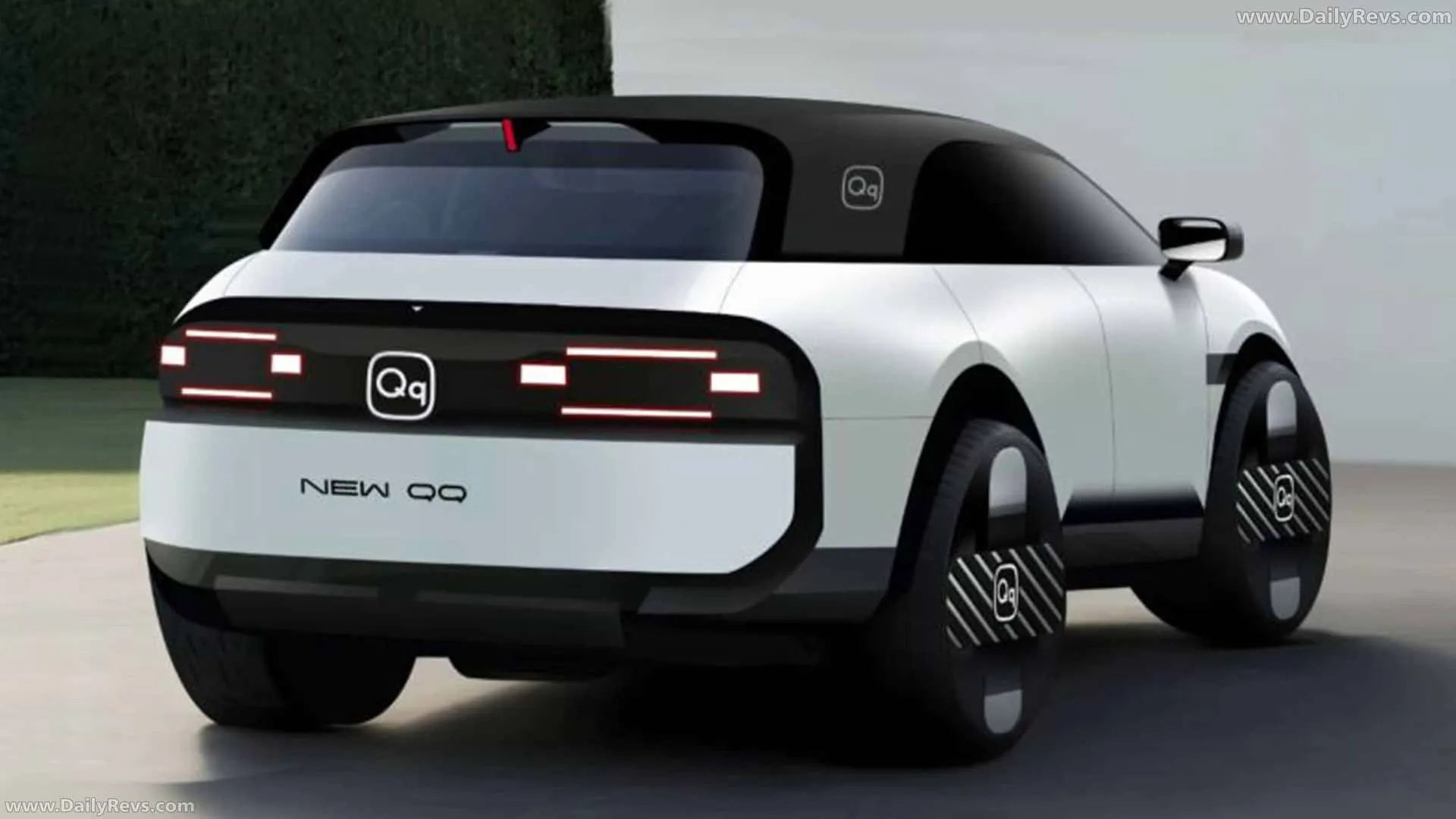
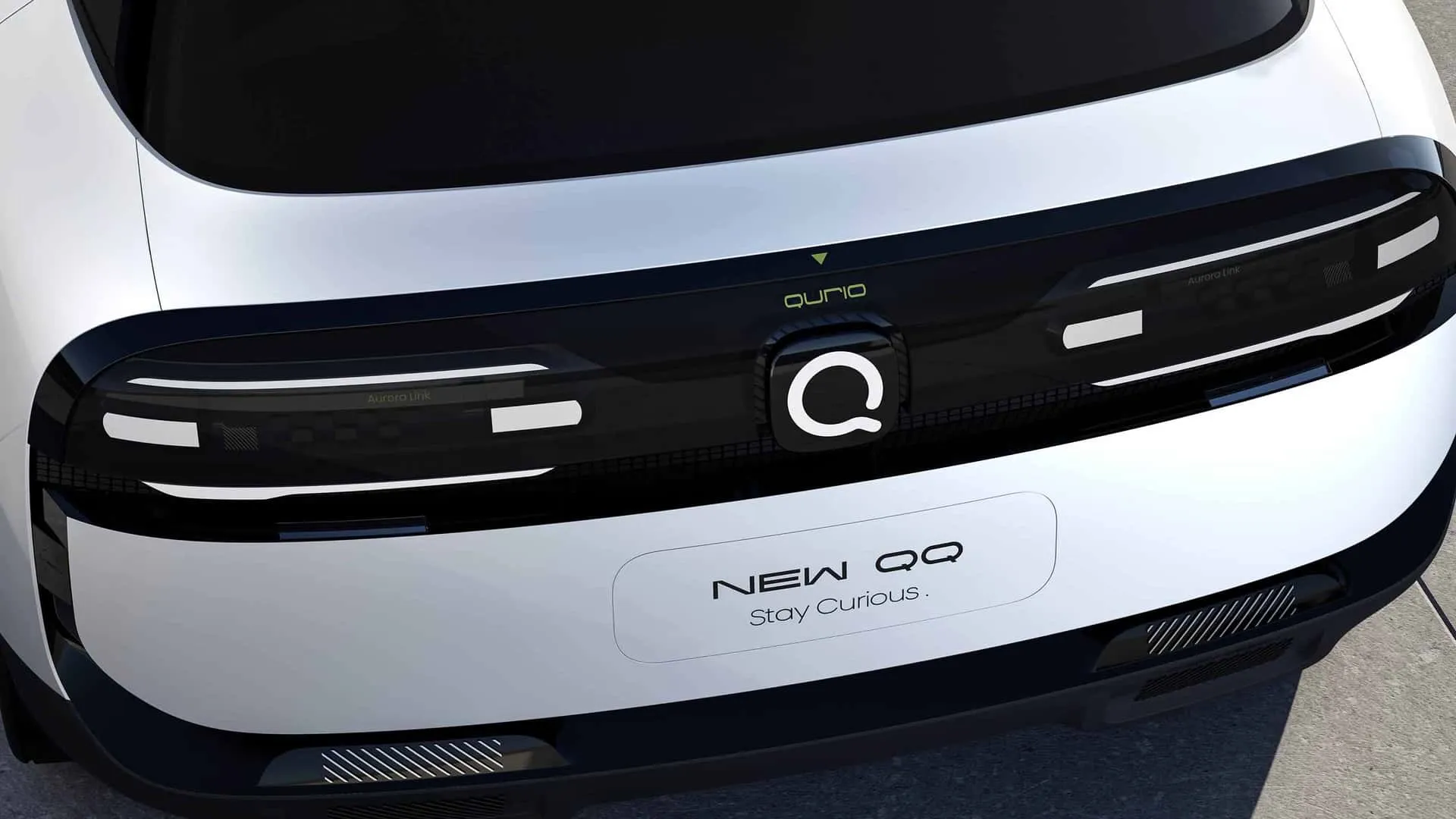
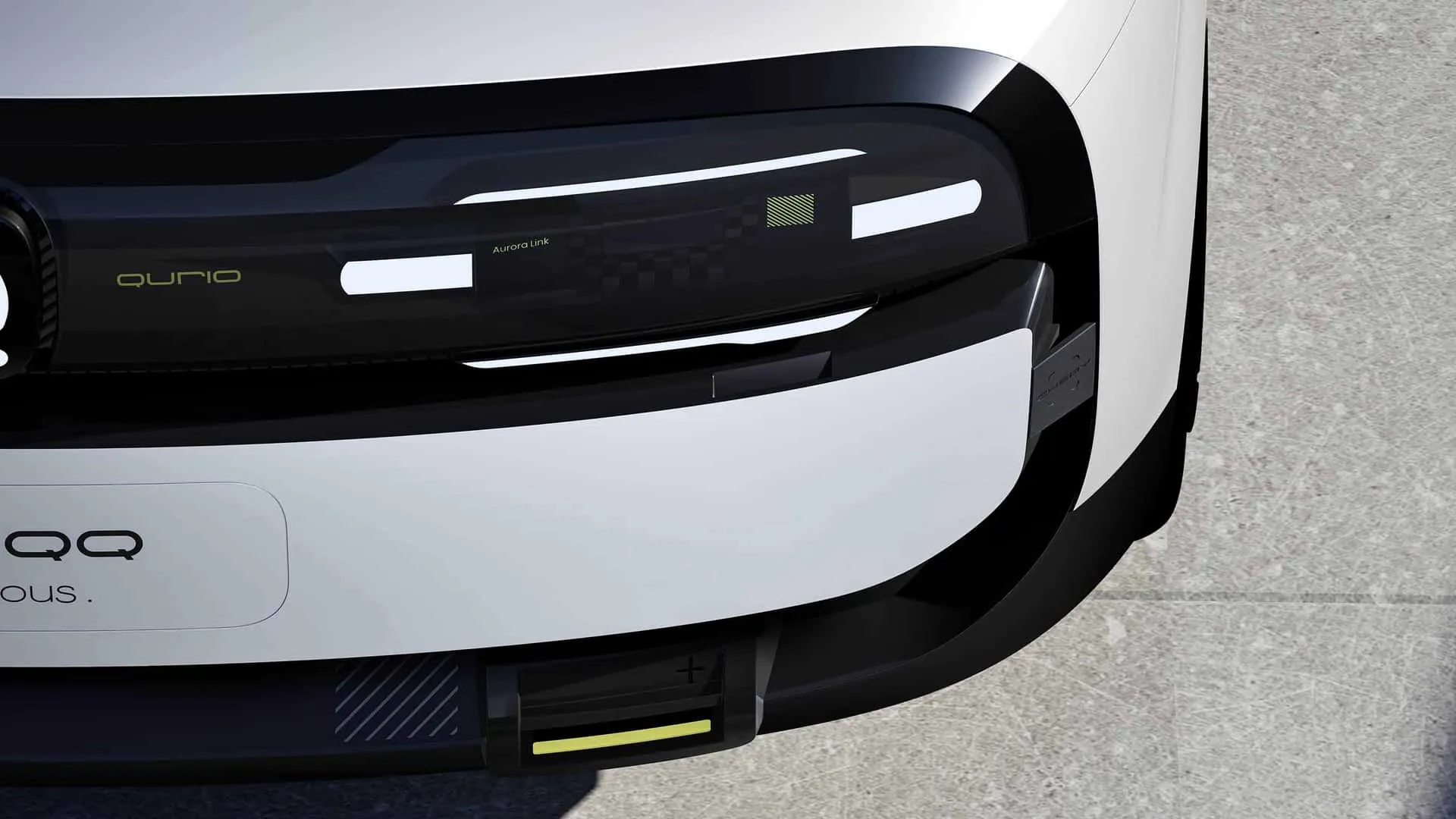



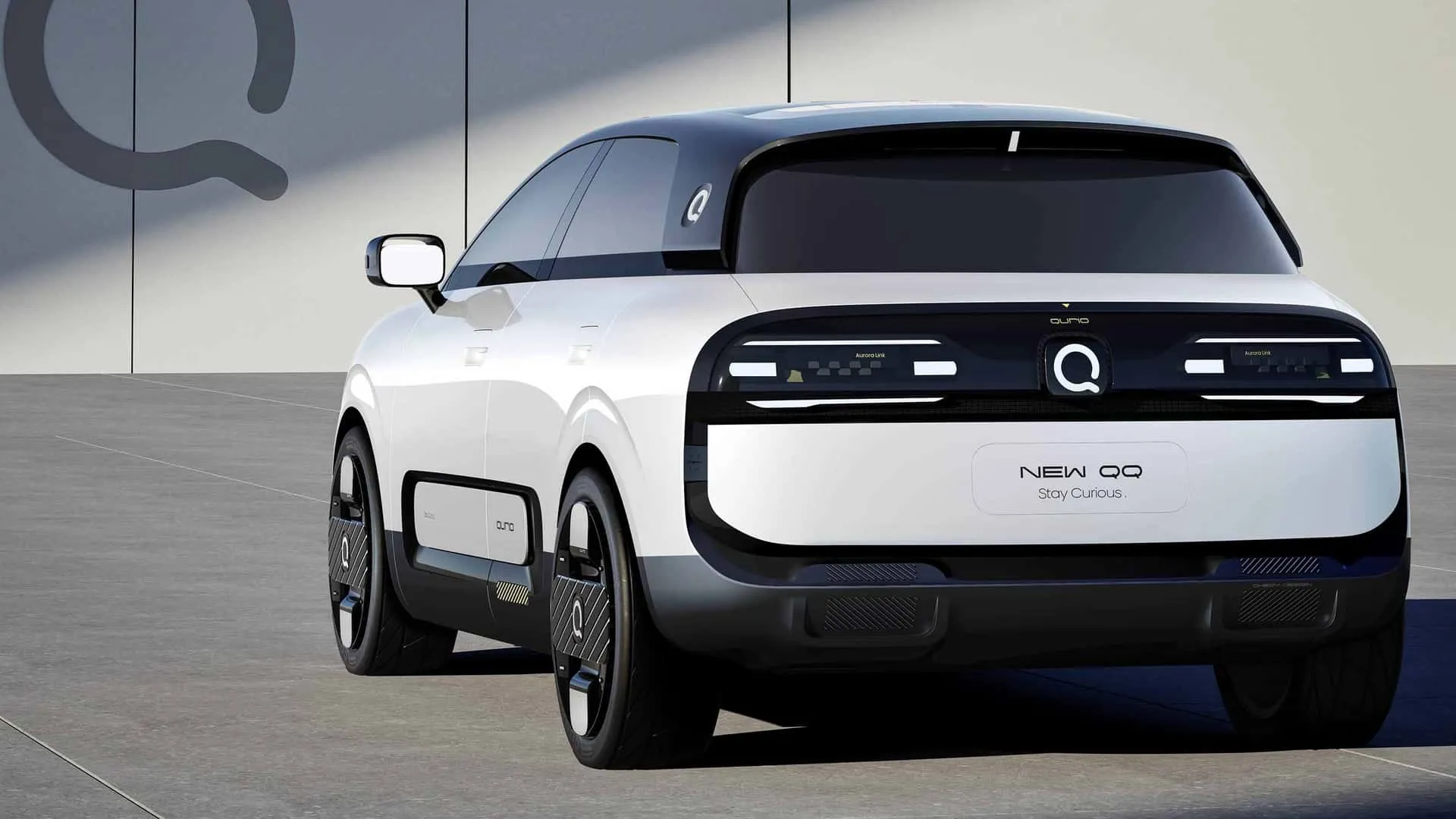
Author: Fabio Isidoro
Founder and editor-in-chief of Canal Carro, he dedicates himself to exploring the automotive universe with depth and passion. A car and technology enthusiast, he produces technical content and in-depth analyses of national and international vehicles, combining quality information with a critical eye for the public.
